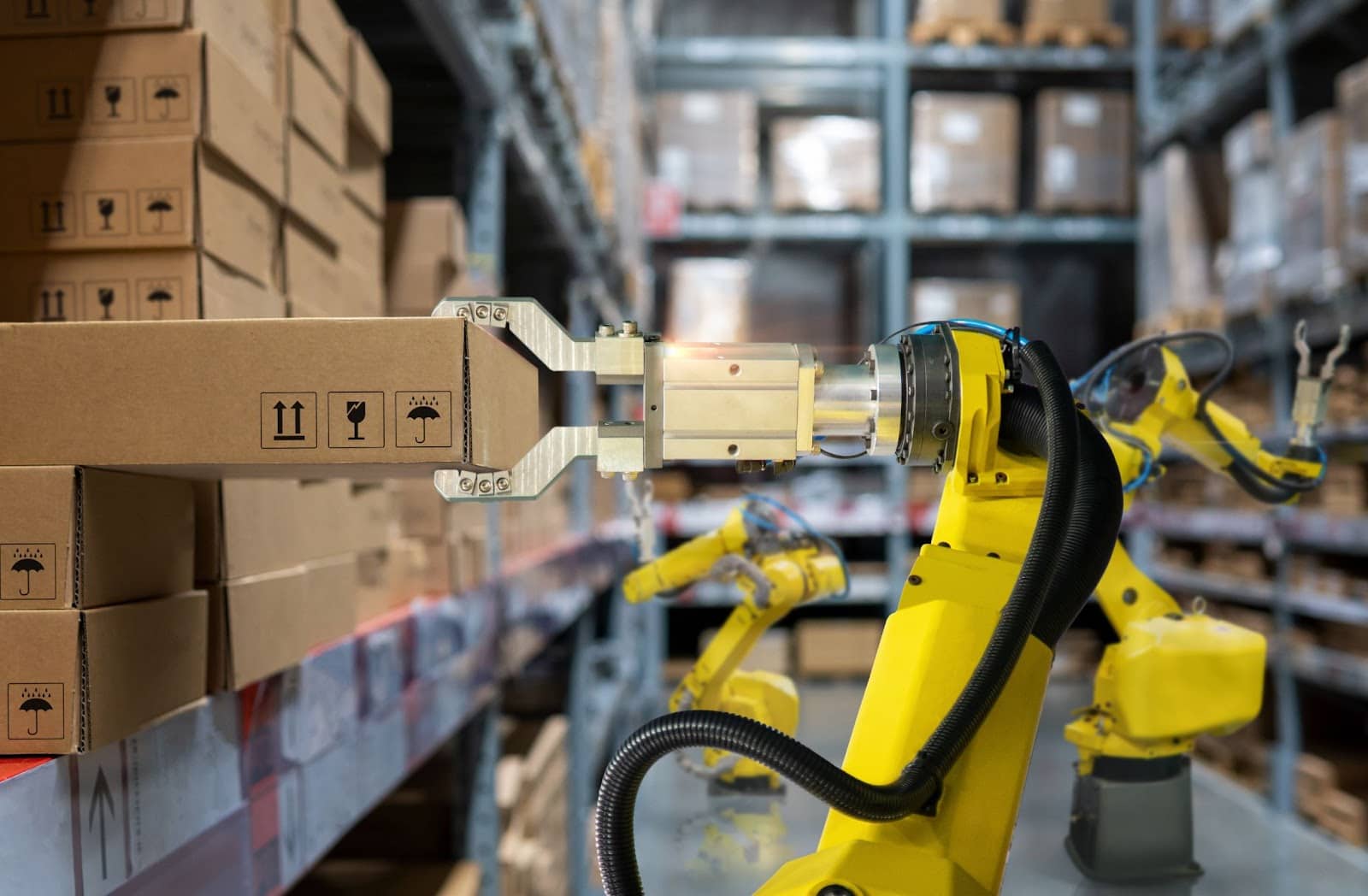Get Support
+91 9123517774
Introduction:
In the dynamic landscape of supply chain management, warehouses play a pivotal role in ensuring the smooth flow of goods from production to the hands of consumers. Warehousing has evolved beyond traditional storage spaces into strategic hubs for distribution, fulfillment, and efficient inventory management. In this blog, we delve into the world of warehousing, exploring its key functions, modern technologies, and the crucial role it plays in today's global economy.
The Core Functions of Warehousing:
- Storage and Inventory Management: Warehouses serve as storage facilities for goods, providing a secure environment to safeguard products before they reach the market. Efficient inventory management is crucial for minimizing holding costs, preventing overstock or stockouts, and ensuring timely order fulfillment.
- Order Fulfillment and Distribution: Warehouses act as distribution centers, playing a vital role in the order fulfillment process. They receive, process, and dispatch goods to meet customer demands efficiently. Strategically located warehouses enable faster delivery, contributing to customer satisfaction.
- Cross-Docking and Transloading: Modern warehouses incorporate cross-docking and transloading processes to streamline operations. Cross-docking involves transferring goods directly from inbound to outbound shipments without storage, reducing handling time. Transloading involves transferring goods between different transportation modes for optimized logistics.
- Value-Added Services: Warehouses often provide value-added services such as labeling, packaging, and assembly. These services add flexibility to supply chain operations and meet specific customer requirements before products are shipped.


Modern Technologies Revolutionizing Warehousing:
- Automation and Robotics: Automated systems and robotics enhance warehouse efficiency by automating routine tasks. Automated guided vehicles (AGVs) and robotic arms assist in material handling, order picking, and packing, reducing human intervention and improving speed and accuracy.
- Warehouse Management Systems (WMS): WMS software optimizes inventory tracking, order processing, and warehouse resource management. It provides real-time visibility into warehouse operations, enabling better decision-making and efficient utilization of resources.
- Internet of Things (IoT): IoT technologies, such as sensors and RFID tags, enable real-time monitoring of inventory, equipment, and environmental conditions within warehouses. This data-driven approach enhances visibility, minimizes errors, and ensures optimal conditions for stored goods.
- Predictive Analytics: Advanced analytics and machine learning algorithms analyze historical data to predict demand, optimize inventory levels, and improve supply chain efficiency. Predictive analytics empower warehouses to make informed decisions and respond proactively to market changes.
The Role of Warehousing in E-Commerce:
With the rise of e-commerce, warehousing has become a critical component of the online retail ecosystem. Rapid order fulfillment, seamless returns management, and strategic placement of fulfillment centers are essential for meeting customer expectations in the digital era. Warehouses serve as the backbone of e-commerce logistics, enabling businesses to offer quick and reliable shipping services.
Sustainability in Warehousing:
As sustainability gains prominence, warehouses are adopting eco-friendly practices. This includes energy-efficient lighting, waste reduction, and environmentally friendly packaging materials. Sustainable warehousing not only reduces the ecological footprint but also aligns with the values of socially responsible businesses.
Conclusion:
In the ever-evolving landscape of supply chain management, warehouses continue to adapt and innovate. From embracing cutting-edge technologies to meeting the demands of e-commerce, warehousing plays a crucial role in ensuring the efficiency and effectiveness of the entire logistics chain. As businesses navigate the challenges of today's global economy, optimizing warehousing operations remains a key strategy for success.


